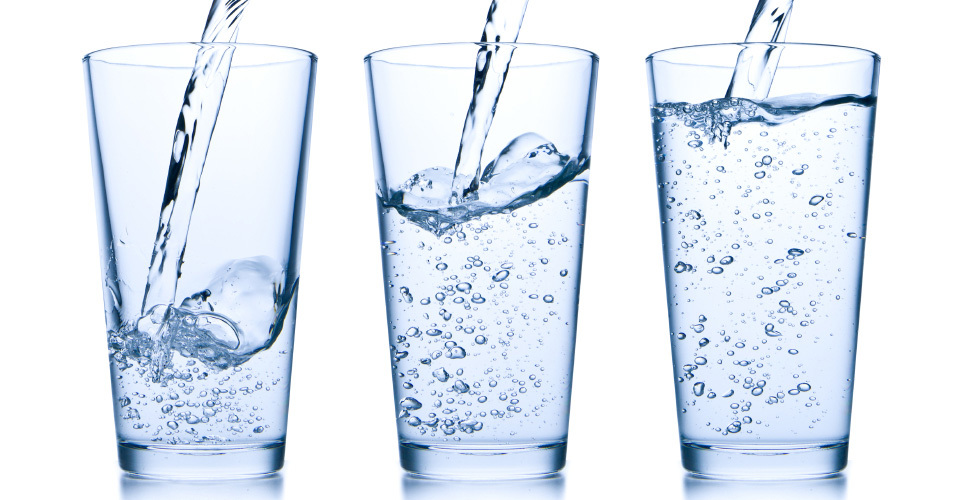Among the most frequent mistakes as to mineral water storage is exposure to extreme temperatures that affect the chemical structure producing unaesthetic particles inside water.
So we will provide details to explain the likelihood of a natural phenomenon: calcium and magnesium precipitates appear especially as a result of the improper storage at low temperatures or of boiling.
It is known that the mineral (even still) water is subject to a thermal treatment that forms unaesthetic calcium and magnesium particles which, in specific conditions, react at the changes in the temperature, especially the sudden or extreme changes – freezing, thawing and boiling.
The consumer must know that the solubility of inorganic salts (present in the composition of mineral waters) depends on temperature, pH, pressure and concentrations of other salts present in the matrix. For example, the solubility of CaCO3 (calcium carbonate, present in the mineral water) is 6.9×10-5 M, so very low, even if we consider the relatively low concentrations of CaCO3 dissolved in natural still mineral AQUA Carpatica but at pH values of 7.70 the resulting precipitate being much higher as the salt solubility decreases as the pH increases.
Besides, the still mineral water needs not be boiled as it is already microbiologically pure and for the babies food it is enough to warm it up to 60-70 degrees Celsius.
What the consumer can do is checking whether the water has such precipitates on the bottom of the bottle (on shelf) and then he/ she can know that the water was stores at the inadequate temperature and then, after the purchase, he/she should not store it in open balconies during the winter.
AQUA Carpatica recommends the distributors and the stores to maintain the product storage conditions in order to reach you in optimum conditions, as we wish for all AQUA consumers.
Taguri:
aqua carapatica
health benefits
hydration
minerals


Niciun comentariu